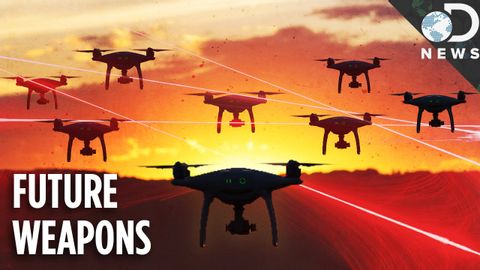战争的未来:激光大炮和无人驾驶飞机(The Future Of Warfare: Laser Cannons & Drone Armies)
joey joey 發佈於 2021 年 04 月 18 日  沒有此條件下的單字
沒有此條件下的單字US /ˈɑbviəs/
・
UK /ˈɒbviəs/
- adj.明顯的;顯而易見的 ;顯而易見的;明目張膽的
- v.t.詭計:騙局:花招;惡作劇;戲弄
- n. (c./u.)戲法;竅門;訣竅;把戲;特技
- adj.虛弱的;欺詐的
US /ˈækjərɪt/
・
UK /ˈækjərət/
US /dɪˈvɛləp/
・
UK /dɪ'veləp/
- v.t./i.詳盡闡述;建立;打造;(使)成長;發展;沖洗(底片);罹患;產生;培養;發展

